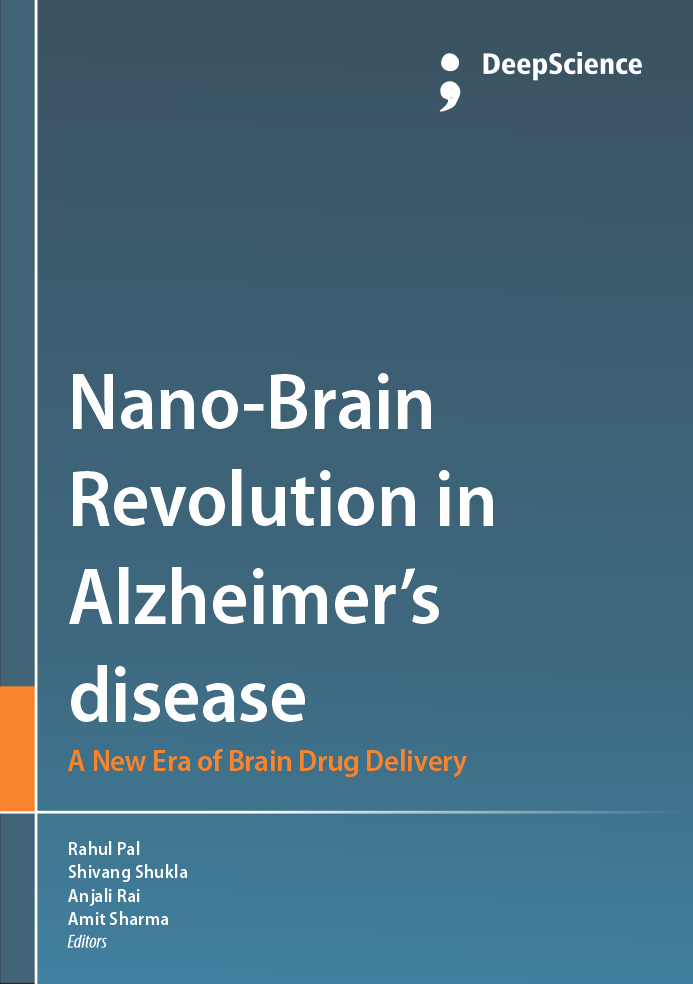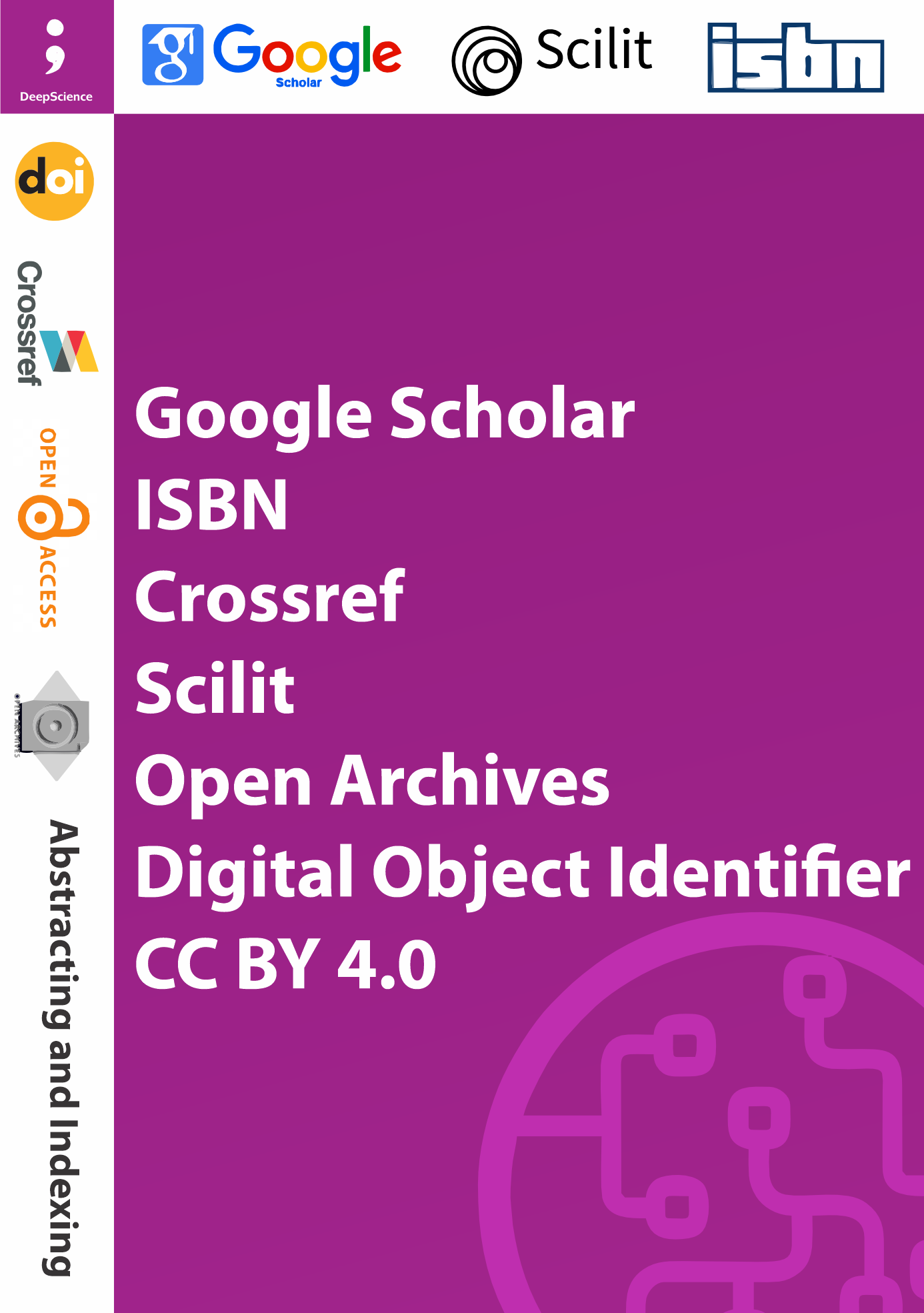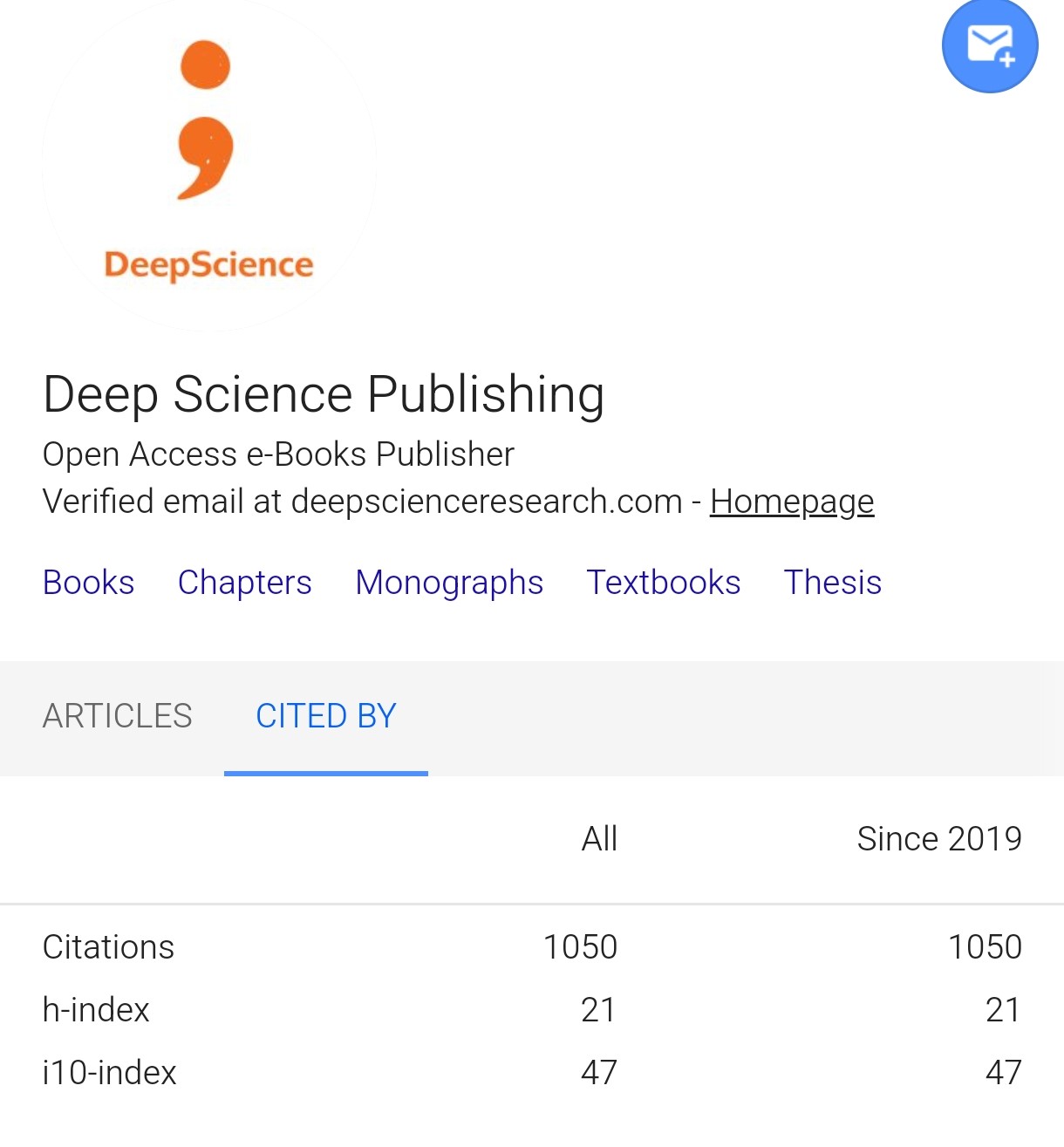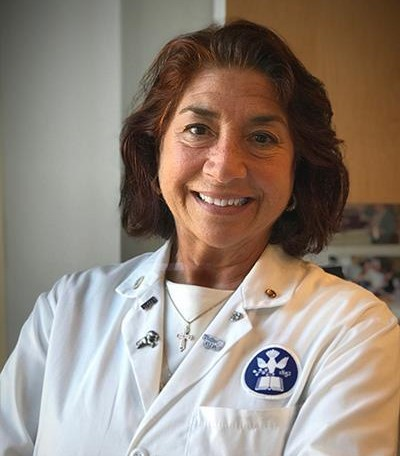Understanding Alzheimer’s Disease Pathophysiology and Therapeutic Gaps
Synopsis
Among all the neurodegenerative disorders, Alzheimer’s disease, which is the common cause of dementia, is the leading disease that is being seen as the burden in healthcare sectors, affecting economics and health of the public. This disease is caused due to two pathways, firstly being the extracellular beta amyloid plaques and secondly the intracellular tau containing neurofibrillary tangles. In the recent years, there were countless development that involved underlying mechanisms, genetic modifications that includes curative or protective genes, and the change in the lifestyle that can be effective for Alzheimer’s disease. A rough estimation has been made by Alzheimer’s disease international that states that there will be numerous cases approximately, 55 million people will be affected by dementia associated with Alzheimer ’s disease. And this can increase thrice the present estimation by the end of this century. The advanced age and alleles APOE ε4 are the leading factors that causes AD. Between males and females, the higher risk of succumbing to AD are in females rather than in males. Hereditary is the root cause of around 80% of the cases. The risk increases with the presence of variants like PSEN2, APP, SORL1, etc. Whereas variant genes like APP673T, APOE e2, etc. are protective in nature. This chapter deals with pathophysiology, genetic variations, any other alterations that gives access to the formation of amyloid plaques and tau containing neurofibrillary tangles.













